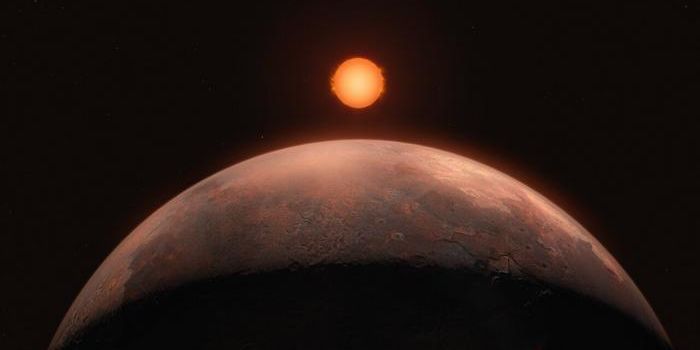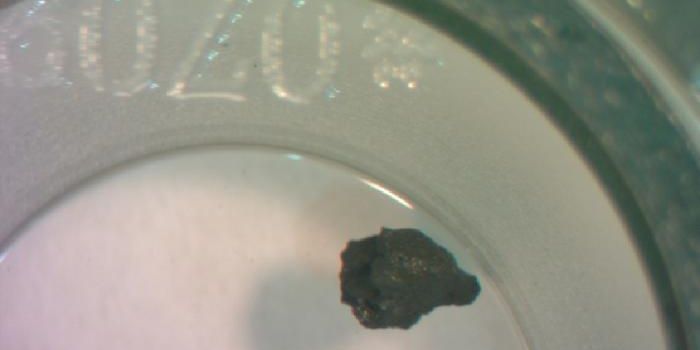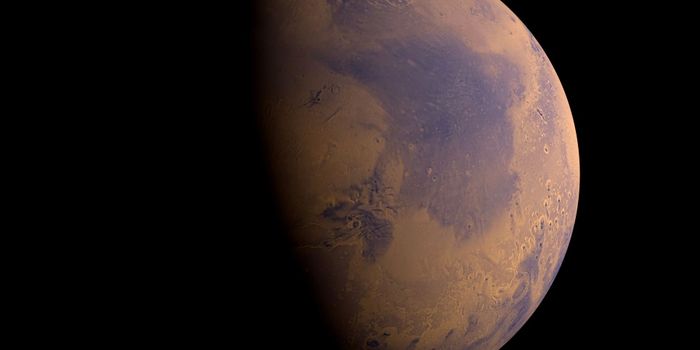NASA and ESA are Working Together to Bring Samples of Mars Back to Earth
The Mars Sample Return Campaign has been ongoing since the Perseverance rover landed at Jezero Crater on February 18, 2021. Perseverance has collected 11 rock core samples and one atmospheric sample. The goal of this campaign is to bring Mars samples back to Earth to allow scientists to study these samples with sophisticated scientific instruments. This campaign is similar to when NASA astronauts collected samples on the Moon and brought them back to Earth to be studied. To learn more about the Mars Sample Return Campaign you can go to the following website: https://mars.nasa.gov/msr/.
The key difference between this Mars mission and the Apollo missions is that we currently do not have the capability to send astronauts to Mars, so robots must do the work of astronauts. This is where the Mars Sample Return Program comes in. Recently, NASA has finished the system requirements review, which signifies that they are nearing completion of the conceptual design phase. The program team has evaluated and refined the plan for how the Mars samples will be returned to Earth.
NASA has been working with the European Space Agency (ESA) on the Mars Sample Return Program. The recently revised plan is expected to reduce the complexity of the mission, hence increasing the probability of the mission’s success. The new plan takes into account the updated analysis of Perseverance’s expected longevity.
In the new plan, the Perseverance rover will transport the samples to NASA’s Sample Retrieval Lander. This lander will be carrying the Mars Ascent Vehicle and ESA’s Sample Transfer Arm. The Sample Retrieval Lander will include two sample recovery helicopters, whose design are based on the successful Ingenuity helicopter, which has performed 29 flights on Mars thus far and has survived over a year beyond its original planned lifetime. The helicopters therefore provide a secondary capability to retrieve samples which Perseverance has cached on the surface of Mars.
The ESA Earth Return Orbiter with the NASA-provided Capture, Containment, and Return System are still vital elements of the campaign. The Earth Return Orbiter and Sample Retrieval Lander are scheduled to launch in the fall of 2027 and summer of 2028, respectively. The samples are expected to arrive on Earth in 2033. This launch and return schedule is contingent on the timeline set for the design, building, and testing phases. The preliminary design phase is expected to begin in October and last approximately 12 months, which will complete key technology development and create engineering prototypes of all the major mission components.
Source: Jet Propulsion Laboratory









